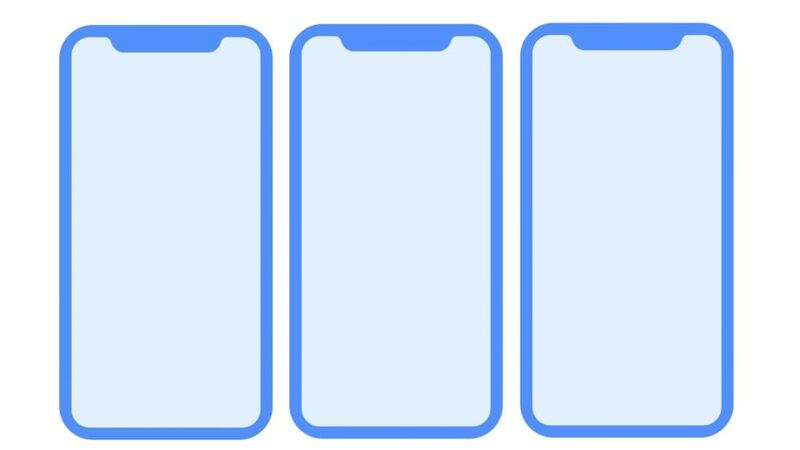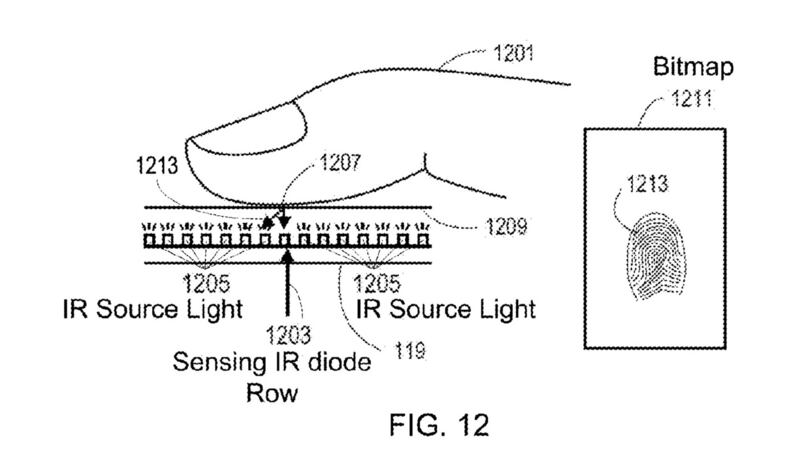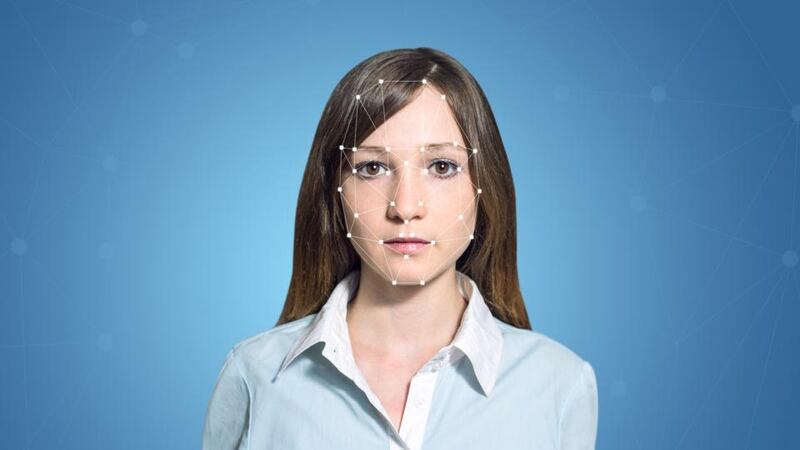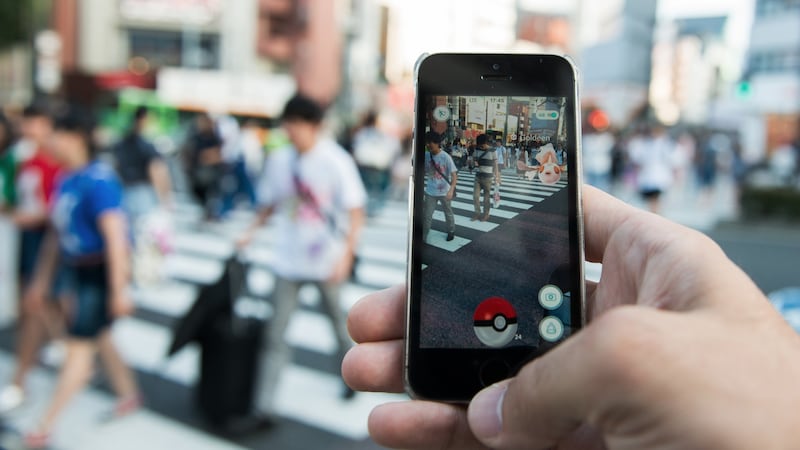A week of analysing a leak from Apple has revealed many details about what the company's next iPhone will look like, as well as information about some of its key features. From facial recognition to a smart camera system and a screen that fills the front, this is what the iPhone 8, "iPhone X" or "iPhone Pro" will probably look like.
Two developers, Steve Troughton-Smith and Guilherme Rambo, spotted that Apple had made what appears to be an internal software update for employees testing Apple's upcoming HomePod smart speaker available on the public internet. The update was meant to be distributed only inside Apple and so contained many elements concerning the next version of the iPhone, codenamed D22, which could end up being the iPhone 8 or the rumoured "iPhone Pro".
Troughton-Smith and Rambo combed through the leaked HomePod firmware and found a host of code and files that suggest many things about the next big iPhone update.

@stroughtonsmith And the death of the home button is confirmed. RIP. pic.twitter.com/w638s4Tgzn
— Guilherme Rambo (@_inside) August 1, 2017
All-screen design
The most obvious change will be a complete redesign of the front of the iPhone. Files associated with Apple Pay within the HomePod firmware revealed a silhouette of the design, which shows a screen that reaches from the top to the bottom of the device, with small bezels all the way around and a notch in the top of the screen likely for the earpiece speaker, front-facing cameras and sensors.
Further digging suggests that the status bar, instead of being a black bar all the way across the top of the screen integrating the cut-out for the sensors, will likely be white or mimic the colour of the rest of the screen, making it stand out at the top of the device.
Where’s the home button?
Rambo discovered code that appears to confirm that Apple's long-standing physical home button, which has been in place since the iPhone's launch in 2007 and gained a fingerprint sensor underneath it with the iPhone 5S in 2013, will no longer feature – at least not for the D22 iPhone.
Instead it appears the new iPhone will have a virtual home button, possibly called the home indicator, which will be hidden during some activities. Google's Android uses a similar system for its home, back and overview buttons, which sit in a navigation bar at the bottom of the screen and are hidden when viewing full-screen content such as videos, photos and games.
Apple’s iOS already supports a virtual home button as part of its accessibility features, which replicates the function of the home button and is used as a replacement by those worried that the physical button would wear out, or for those phones where the home button stops working.
Probably no underscreen fingerprint scanner
Apple has long been rumoured to be working on a version of its Touch ID fingerprint sensor that works from underneath the screen, as revealed by patent applications. Until now it has has been embedded in the home button, but a screen-embedded fingerprint scanner would make a spot on the screen read fingerprints for authenticating payments and unlocking the device.
Samsung was expected to integrate a similar technology into the Galaxy S8, which ditched the firm's traditional physical home button with fingerprint scanner for a virtual home button and a fingerprint scanner on the back of the phone. The technology firm Qualcomm, which produces processors, modems and other chips used throughout the smartphone and tablet ecosystem, including most of the top smartphones with Qualcomm Snapdragon processors, recently announced it had an "ultrasonic" fingerprint scanner capable of working through a display, thick glass, metal or even underwater.
Troughton-Smith, however, says that such a device in the next version of the iPhone is highly unlikely. Maybe next year.

Facial recognition
It appears that the D22 iPhone will not have Touch ID, at least on the front of the device. Instead it seems Apple will install facial recognition in the top notch of the device.
Codenamed "Pearl ID", the face recognition feature will be part of the new "BiometricKit" system and will likely use an infrared-based system similar to Microsoft's Windows Hello facial recognition in its Surface computers. Apple's chief rival, Samsung, used an IR-based system for its iris-scanning technology, which was first introduced with the ill-fated Note 7 and continued in the popular Galaxy S8.
Further digging revealed some code that seems to suggest that "Face ID", or whatever Pearl ID eventually ends up being called, will even be used to confirm purchases with the company's contactless smartphone payment system, Apple Pay.

SmartCam
Computational photography is the next stage in camera development, where advanced algorithms take the output from one or more physical camera lens and use it to create an image that looks better than what could be achieved with a raw, unprocessed image.
For instance, Google’s highly rated HDR+ for the Pixel takes between two and 10 underexposed shots and combines them into one photo for brilliant results.
Apple’s iPhone 7 Plus combines photos from the two cameras with different focal lengths on the back to create a lossless zoom, as well as using depth information to artificially create out-of-focus background, or bokeh, effects for portrait shots.
For the next version of the iPhone, and possibly for iOS 11 as a whole as it is rolled out to older devices, Rambo found mentions of a SmartCam system, which will likely tune camera settings based on the scene it detects. Previous versions of iOS have included apparently more basic versions of the same thing for automatic exposure.
Some of the scenes mentioned include “baby”, “bright stage”, “document”, “fireworks”, “foliage”, “pet”, “sky”, “snow”, “sport”, “sun rise and sunset” and “point light source”.
Augmented reality photography
The HomePod firmware also reveals some features and functions of Apple’s big push into augmented reality, which the company announced during its World Wide Developers Conference this year, for the D22 iPhone.
References to a depth-sensing front-facing camera were found, likely part of the sensing system used for face recognition, which will enable new camera effects and tricks, including something called "ARFaceAnchor". Snapchat and many other programs, including the camera apps of Sony smartphones, have long provided masks and other augmented-reality features that can be applied to faces. It appears Apple will ship a system that recognises the face in a selfie and can apply AR effects.

Further digging also revealed a series of lines of code that appear to reference expression detection, tracking the position and shape of the mouth, among other things. Alternatively they could refer to AR modifications that can be applied to faces, such as big lips or huge comedy eyes.
Despite rumours of a delay, Apple is expected to announce new iPhones at its yearly September event, with the company’s chief executive, Tim Cook, hinting during an earnings call that everything was on track. We’ll find out exactly what it looks like then.
Apple declined to comment.
© Guardian














